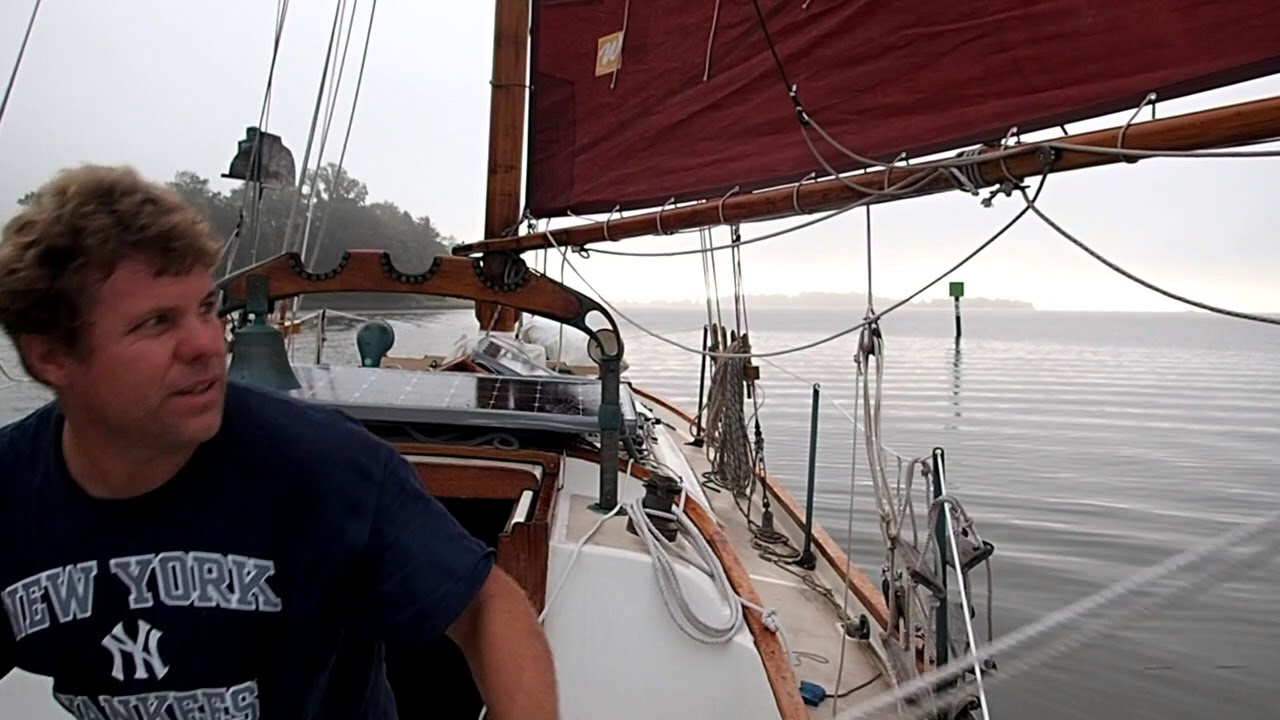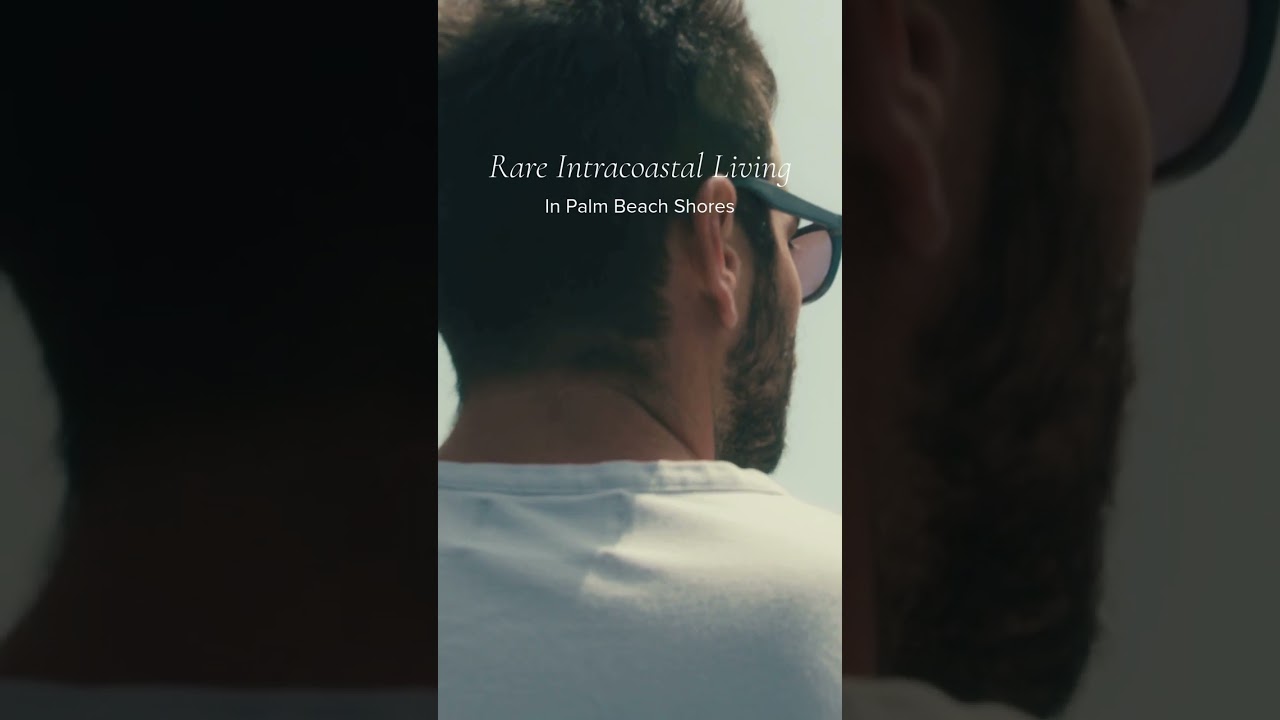Situația: în ziua următoare sunt prognozate vânturi moderate de sud, perfecte pentru navigarea spre nord-vest până la Baltimore. Problema este că acolo unde sunt ancorat înseamnă că trebuie să ieșim dintr-un canal îngust – poate prea îngust. Așa că ies dimineața cu un vânt ușor, dar favorabil și mă deplasez într-un ancoraj cu o ieșire ușoară, stabilind astfel următoarea mișcare.
source
Gândește-te ca un jucător de șah (Naviind fără motor, partea a treia)

31 thoughts on “Gândește-te ca un jucător de șah (Naviind fără motor, partea a treia)”
Comments are closed.




Hi there, iv'e enjoyed watching your video clips on how to sail without an engine. I have a home built flicka i built in my garden in 1993. I have an 8 hp outboard and iv'e recently built a yuloh to see if i can do without the outboard. So far it's been difficult to leave my berth in our marina here in Torquay, England, as space is restricted and i have to resort to using the outboard. I will keep trying the yuloh and i am taking encouragement from your videos, so many thanks for that. Hoping to see more of your clips.
Great video again. Thanks for keeping give us real good contents.
What kind / size of boat is that ?
Good video and information. The oar technique is very interesting. The other person I have seen (on video) using it is Mr. Larry Pardey. I have a full keel 32 – W32. I have an engine but now I'm considering adding and oar as well.
Excellent.👍
Love your channel. Thank you for doing these. Can you comment about the portable depthsounder recommendations?
meaning what would you recommend for a portable depthsounder?
What is the tide like? Depth, speed?
Honestly. Yes all of this is possible without an engine. You know what else is possible? Just hanging an outboard off the back of that pig and saving yourself all of this bullshit. If you're the kind of person who needs to prove something, I mean, like "this is how good I would have been at living in 1880", or , "this is how fast my boat can help me get a divorce", or "this is how I cause hundreds of thousands of dollars of liability for which I'm totally not insured", fuckin go for it. But before you cause yourself a LOT of unnecessary MISERY by following this guys example, take a moment to listen and realize that anyone with that accent is fully capable of giving you lethally bad advice sheerly for their own amusement. It's like a sport to them.
It’s a nice video and oar rig. Have you thought about using a yuloh instead of an oar?
Really well done series Kevin,nicely presented.
Yankees Suck. Go RedSox. 2018 Champions. …..sorry….residual exuberance – great video
Hey there, great series!
From my own experience I can think of two more situations, where engineless cruising is not the best idea. Having sailed a few time on the river Elbe (the part from Hamburg down to the north sea is under the influence of tides), there isn't that much space on the water and a lot of big traffic going on day and night. On one occasion our engine was broken though, and we were eventually being towed, because once the wind dies and the water's still moving you, it can get quite dangerous a lot faster than you would think by being run over by maybe a tanker or a cruising liner. Those ships can't just brake, way too fast for it, and also cannot elude due to them being restricted by their draft.
The other thing I've noticed is that a lot of harbors aren't laid out for entering with other propulsion than just wind.
Yet I do enjoy to not fire up whenever possible. Sailing in and out of harbor with a boat of the size of a folkboat is a lot of fun and certainly a maneuver not seen very often these days. But when big ships start to stack up on your side and the wind's light, you're glad to be able to get out of their way.
Still, I think that mankind got around for hundreds and thousands of years without real engines. And with today's tools, such as weather forecast, precise maps and GPS it should be possible a lot safer than back then. Yet sometimes I think that people on so-called sailing yachts, tend to put up some cloth just for excuse, and only when the wind is light. But then, maximum performance please! What you get is joystick controlled ultralight, ultramodern, nowadays and even more in the future foiling boats, that do best, when the wind is gentle. The rest of the weather spectrum is a good excuse to not go out at all or just run the diesel.
Most boats require such motors, because on long distances it is the best source of power for all the electronic applications. For me, dragging all that stuff and more, basically the same standards of my home out to sea is not the purpose of going there.
Fair winds and a handwidth of water underneath your keel! (As we like to say in German)
Just stumbled on to these very informative and interesting vids ,and for a novice sailor like myself invaluable as I will only be having a small outboard on my sailboat when I launch 2019 cheers John
Awesome as usual 👍
i thought it was some sort of law that blue water boats had to have back up engines. Maybe its just for crewed ships, like reproduction historical ships, and does not apply to private/pleasure vessels? Either way, its awesome to see people out there keeping the traditional skills alive. pull out your sextant and paper charts and you will be 100% SHTF independent of tech. I aplaude it.
Very interesting!!Thank you!
Don't you use punting poles in the States? It may be too deep even in the bays? (A typical punting pole in the Netherlands is around 14 feet)
Strategy is the key, last 10 yrs I have been running my boat without reverse. Its a similar thing when it comes to docking most of that time I have been in a marina and only recently a pile mooring which is actually harder. You have to know how fast your boat slows to a stop and that changes allot with tide wind and how clean your bottom is. But just like you will know it teaches you allot of how your boat works and that in itself is so liberating.
Started watching your videos in order yesterday. All good. Love the Yankee shirt. I also solo almost 100% of the time over many miles. Hope to cross paths with you one day.
https://www.facebook.com/photo.php?fbid=2472340326123681&set=a.101640476527023&type=3&eid=ARCinDqyJHrAL6l0VjvqNU-HMSS5tOT6f44zAuLI7nIchvLNOLrrhfcZw-mOzh8pG2K9vB7Idev5_DlJ
As a retired film industry artist I find Your editing to be really good. I especially like the short subtle intro music as well. Bravo.
Great channel, very informative. I am about to purchase an old Nicholson 35, without an engine, here in Cape Town, SA, and have been considering options for power.
I like checkers
Everything about this channel is on point. Thank you, sir
One thing that came to my mind, that may would be helpful for you, maybe, world be a long bent oar. I've seen one lady who had a classic sailboat in Vancouver. She had a really long heavy tilted oar. She uses tied the end of the oar with a rope and scull over the stern. It was really powerful and easy to operate. I don't remember the many of her channel. The bent was used to make the oar swing easier, basically she had only to scull gently …. Kevin, that's only to help, you're doing a great job with your boat and tools. Cheers.
Great stuff, thanks.
Haze gray and underway
Thankyou, I'm still enjoying your good mix videos, meaning you're good to listen to and good content, I want to make this point because it makes the difference, thanks again Kevin, happy sailing
Did I see an engine on the dinghy ?
So practical….great video again !